[ad_1]
“What is a bothy?” you may ask as you plan your rugged adventure through the breathtaking wilds of Scotland; allow us to introduce you to these hiker-friendly, rustic accommodations that could turn your journey into a truly memorable experience.
The lovely nation of Scotland has a brilliant (and useful!) network of bothies, all tucked away in the nation’s most difficult-to-access areas…
… and if you like exploring and adventuring, they’ll probably become your best friends.
But who can use these bothies? How do they work? And where will you find them?
Coming up, all that and more—here’s our full beginner’s guide to Scottish bothies!
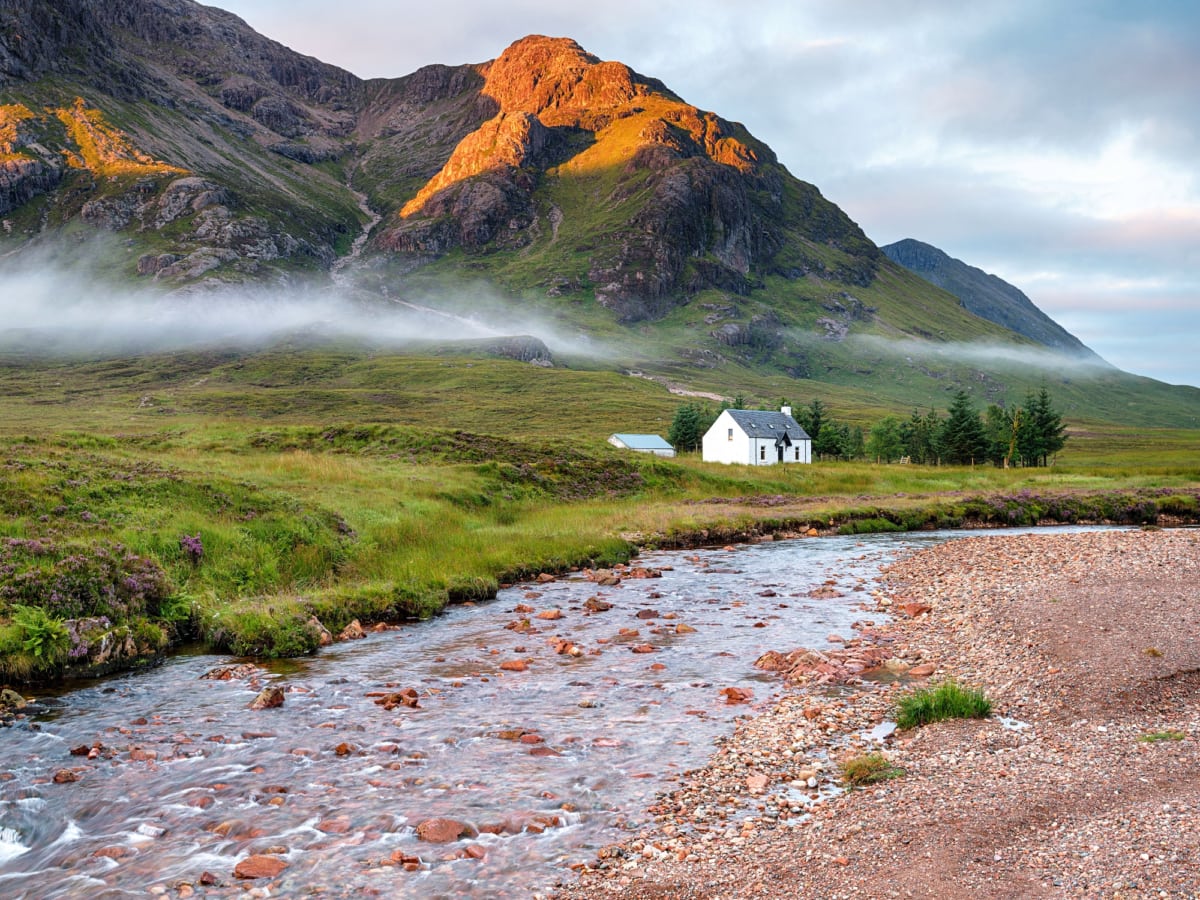
What is a Bothy?
A bothy is a basic wilderness shelter located in remote areas of Scotland. These simple structures, often resembling abandoned homes made of bricks, are available for campers, hikers, and outdoor adventurers as a free overnight accommodation option. Bothies offer rudimentary amenities, such as a roof and four walls, with some potentially including small sleeping platforms and fireplaces. Typically, people use bothies for one-night stays during hikes or outdoor journeys.
Before we get started, let’s set the scene…
Large pockets of Scotland are way more remote than most people realize.
Vast stretches of the country are mountainous, and very difficult to reach. In some pockets of the nation, you could walk for hours (even days) without seeing an inhabited house, or another person. North of Inverness, you won’t find any other cities (and even the towns are tiny). Many of the most northern villages have populations of less than 100 people, and are home to more animals than humans.
In short, many parts of Scotland are very wild and very rural. And huge stretches of the country don’t have much life, much civilization, or much infrastructure.
And that’s where bothies come in.
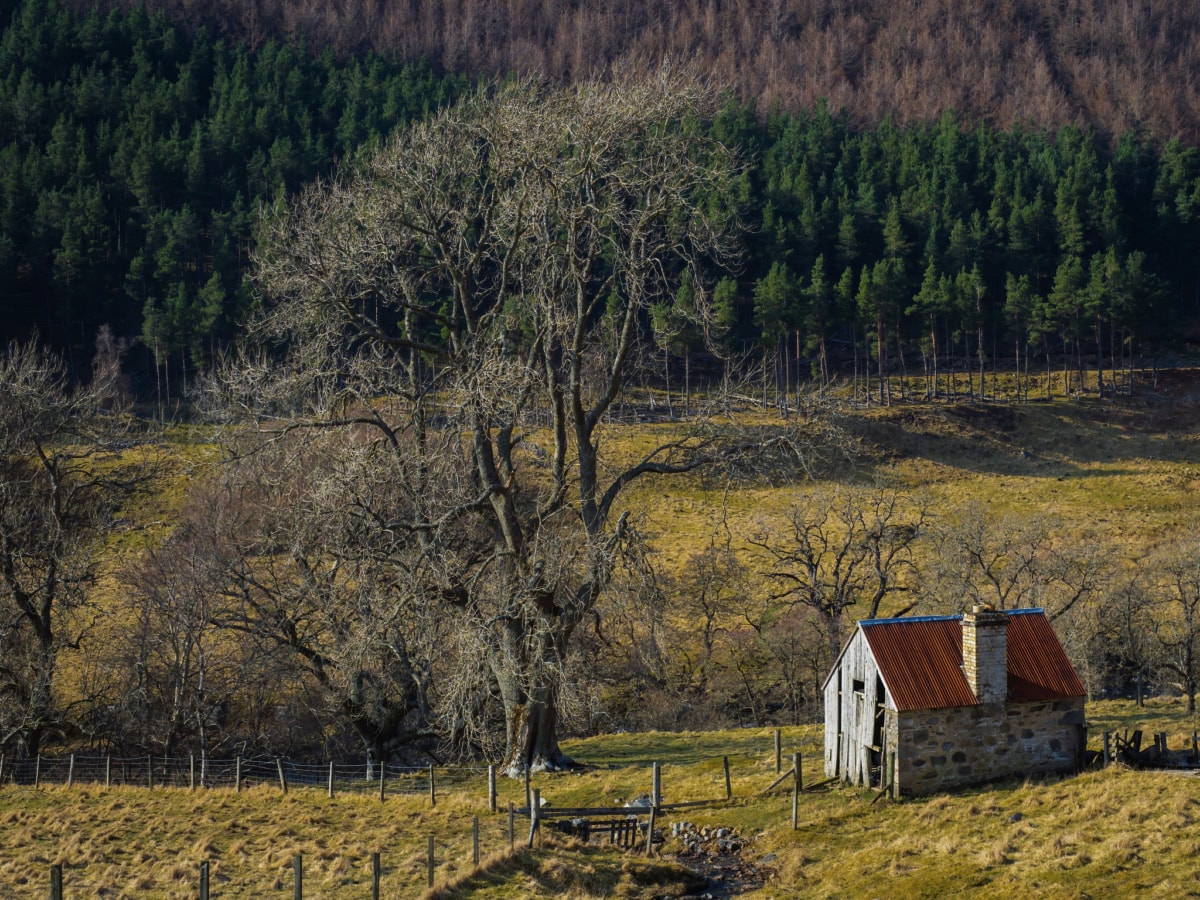

These basic wilderness-based shacks are situated in various parts of Scotland—and they’re for campers, hikers and other outdoor adventurers who need access to an overnight shelter. They’re free to use, there are around 85 of them dotted around the nation, and anyone and everyone can sleep or rest in them.
Defined as a “hut,” or a “mountain shelter,” bothies aren’t hostels, or holiday homes, or sweet little chalets. They’re super rudimentary—and staying in a Scottish bothy is more like camping without a tent (but with a few more perks, and a few more conveniences).
I won’t bore you to death with the detailed history of bothies, but they were born due to a few different factors. In and around the mid-1940s, WW2 had ended, which caused an economic boom in Scotland, along with a more laid-back attitude to life. At the same time, lots of remote farms were being abandoned, as many people made the choice to relocate to cities. Hiking also became more popular around the same time.
Add those keen hikers to more time away from work and a bunch of abandoned homes, and what do you get? That’s right—bothies!
(If you’re mega interested in the history and heritage of the basic little booths, you can find more information here).
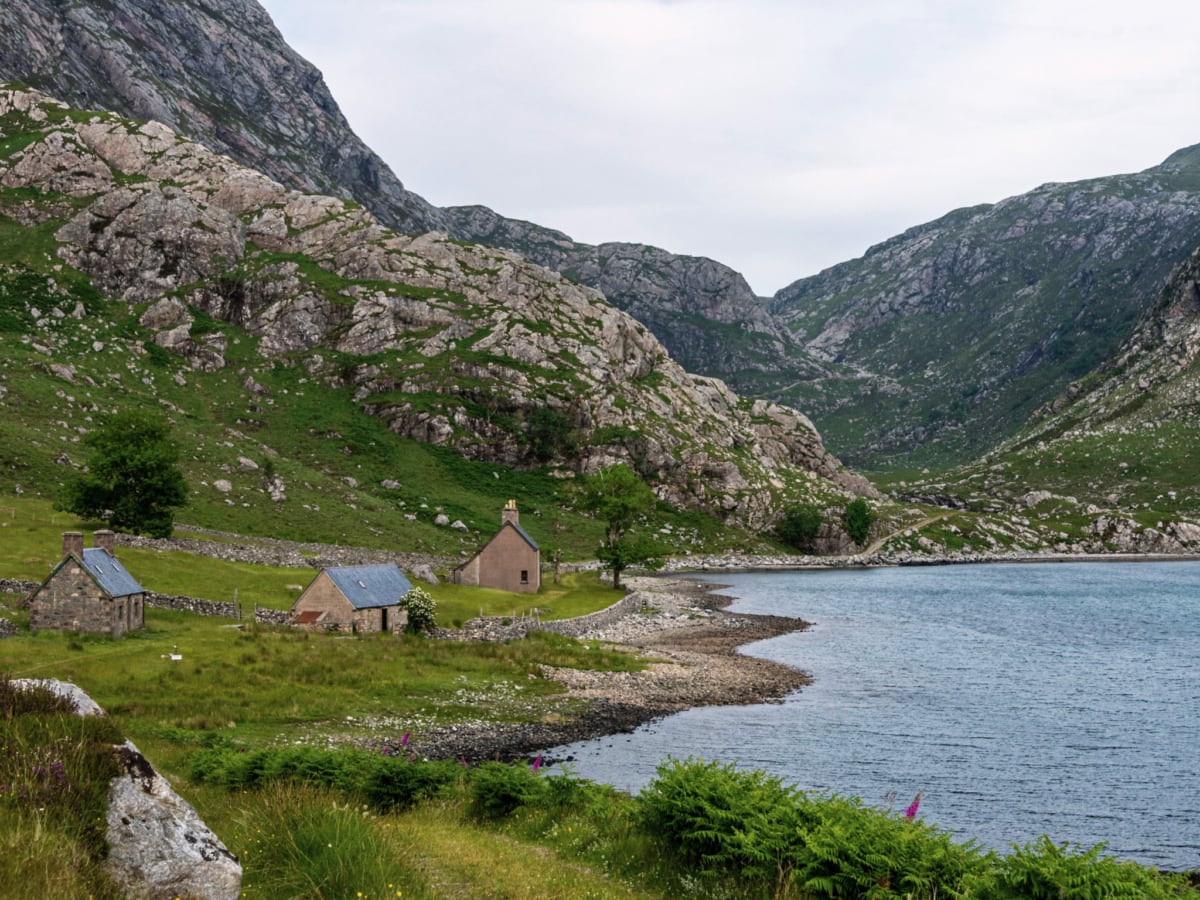

The spirit of bothies hasn’t really changed much since those days. But during the intervening years individuals and charities (including the Scottish Bothy Association, more on those guys later) have updated, upgraded and maintained these bothies, to make sure they still offer shelter, protection, and a decent place to sleep.
Typically, bothies look like remote abandoned homes (because they usually are remote abandoned homes), and they’re typically made from bricks. Inside, you’ll usually find very little, apart from a roof and four walls. Other features might include small platforms to use as beds, fireplaces to keep warm, and whatever items and useables have been left behind by whoever was here last.
Usually, people only stay in bothies for one night. They’re largely designed to be mid-hike (or end-hike) stop-offs, where you briefly stay for one night before then moving on.
What to Expect when Bothying?
Is ‘bothying’ a verb? I don’t know, but it is now!
First of all, to get your bothy-using odyssey underway, you should check to see exactly where you’ll find the various Scottish bothies. You can use this map for this.
If there is no en-route bothy along your planned hike or bike ride or whatever, you (obviously) can’t use one. So if you really really want to use a bothy, plan a route that’ll take you beside one.
Next up, you’ll be arriving at your bothy. When you arrive, you’ll find a roof and four walls, and maybe not much else. There might be a place to make a fire. There might be a few basic facilities and amenities. If you’re lucky, there might be a toilet.
There’s not much to expect from bothying. You should simply expect to find a basic shelter that’ll keep you protected from the elements. If it includes or offers anything else, that’s just a nice bonus.
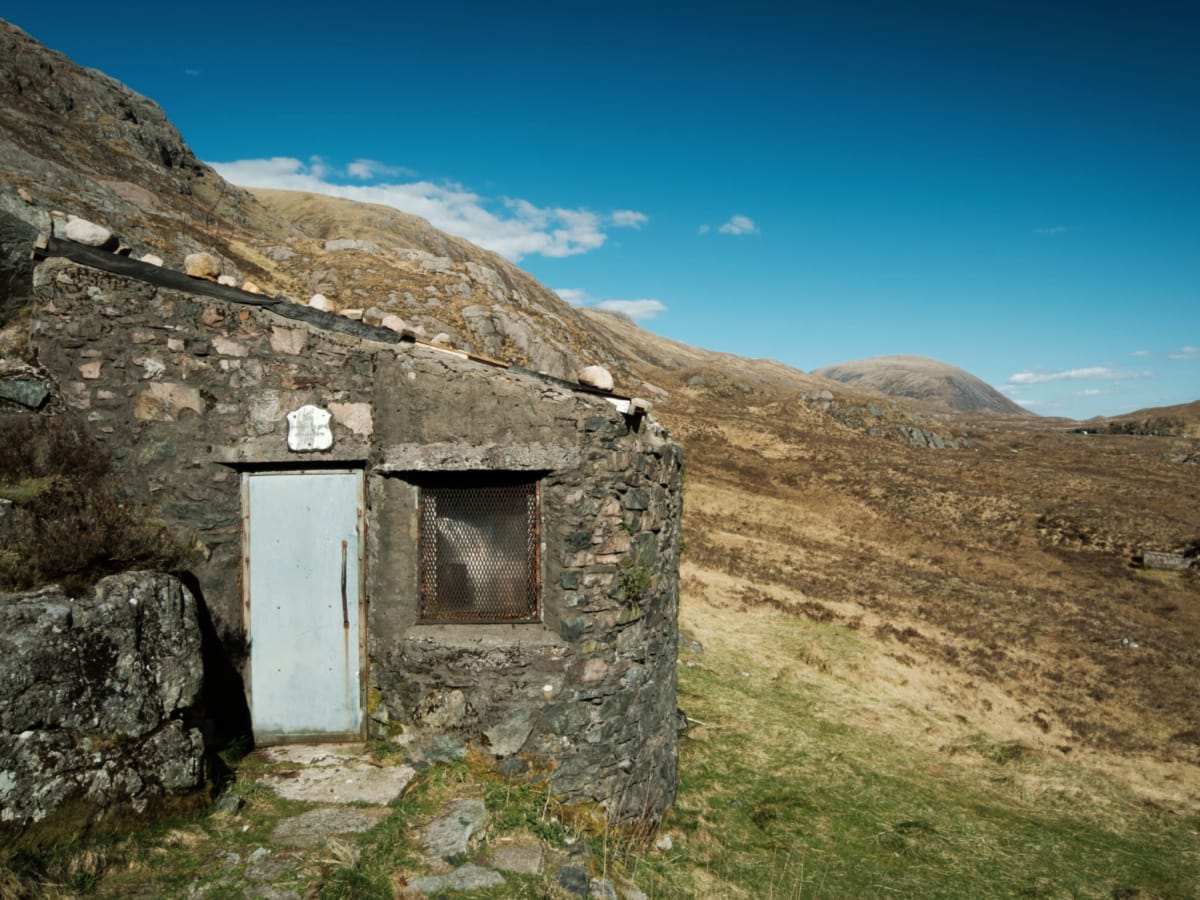

What to Bring to a Bothy?
Bothy Etiquettes & the Bothy Code – Rules and Recommendations for Using a Bothy
Yep, anyone can just turn up and use a bothy. But you should follow the rules and recommendations, and be all respectful. Here are the main things you need to think about:
The Bothy Code
There are 5 rules to properly use a bothy:
These rules are in the official ‘Bothy Code’ which was set by the Mountain Bothies Association who I keep banging on about.
The whole code is built around respect, cos no-one is there to make sure you’re following the rules. The MBA aren’t gonna turn up in their cute little uniforms to make sure you enforce the rules they’ve set… which is why they ask and expect you to respect the bothy you’re staying in.
Only Use It if You Need It
In a way, the concept of a bothy seems pretty fun or novel or whatever. But bothies aren’t meant to be used for fun or novelty, or so you can put a bothy-selfie on your Instagram story.
Only use bothies for what they’re intended to be used for. So don’t have a party in a bothy, don’t use it as a pitstop to chug some beers, don’t use it to host an all-night illegal rave. Etc etc.
Mountain bothies are for people who really need the shelter, the facilities, and the overnight stay. So if you don’t absolutely need it, leave it empty for someone who might.
What Condition Should I Leave a Bothy in?
Broadly speaking, you should leave a bothy in the same condition you found it in.
Or if you’re a particularly nice soul, you could leave it in an even better condition than you found it in.
If, for example, you find some good firewood, leave it there. If you have too much (non-perishable) food you’re not gonna eat, leave it there. If you have like ten million lighters, leave one of your lighters behind. Help out your fellow adventurers!
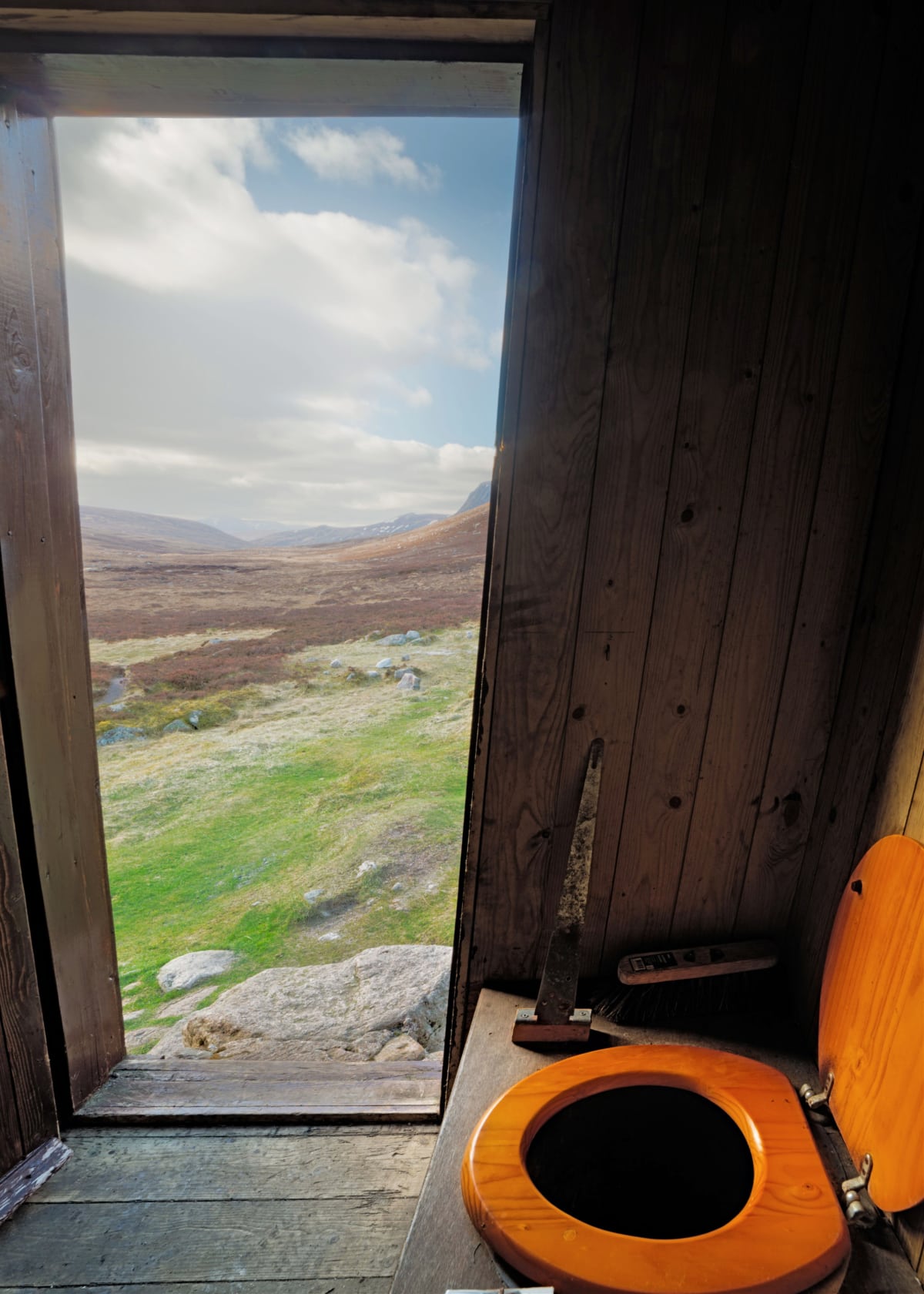

Consider Leaving a Bothy Report
Bothies can only be repaired and maintained if the Mountain Bothy Association knows they need to be repaired and maintained.
You can make a report here, to notify the team of any problems or issues… or even to say that whatever bothy you used was in good working condition.
If you want to be a useful person and help out, check the roof, the windows, the doors, the walls, and the fireplace. If there are any problems or damages, you can (and should!) report them. Here’s more detail on the maintenance issues you can look out for when you’re overnighting in a bothy.
Whatever Trash You Take in with You, Also Take It out with You
Pretty self-explanatory. Don’t leave any trash behind.
Commercial Groups Are Not Permitted to Use Bothies
So, don’t plan a bothy weekend for your team-building event of 100 office staff.
What to Do if a Bothy is Full
That depends on exactly what you mean by ‘full’.
If you reach a bothy and 1 or 2 people are in there, you should ask to join them. Unless they’re absolutely horrible (being horrible isn’t really in the spirit of bothy use), they’ll probably say yes.
If you arrive, and 5 people are already using the bothy, you should move on, or camp nearby. As we’ve covered, bothies aren’t meant for groups of 6 or more people.
That said, you should obviously prioritize your safety. If leaving the bothy means you’ll freeze to death or maybe fall off the side of a mountain or whatever, you should use the bothy no matter the case. Even if it already has five or more people in there. Being dead is a bit worse than breaking the bothy rules.
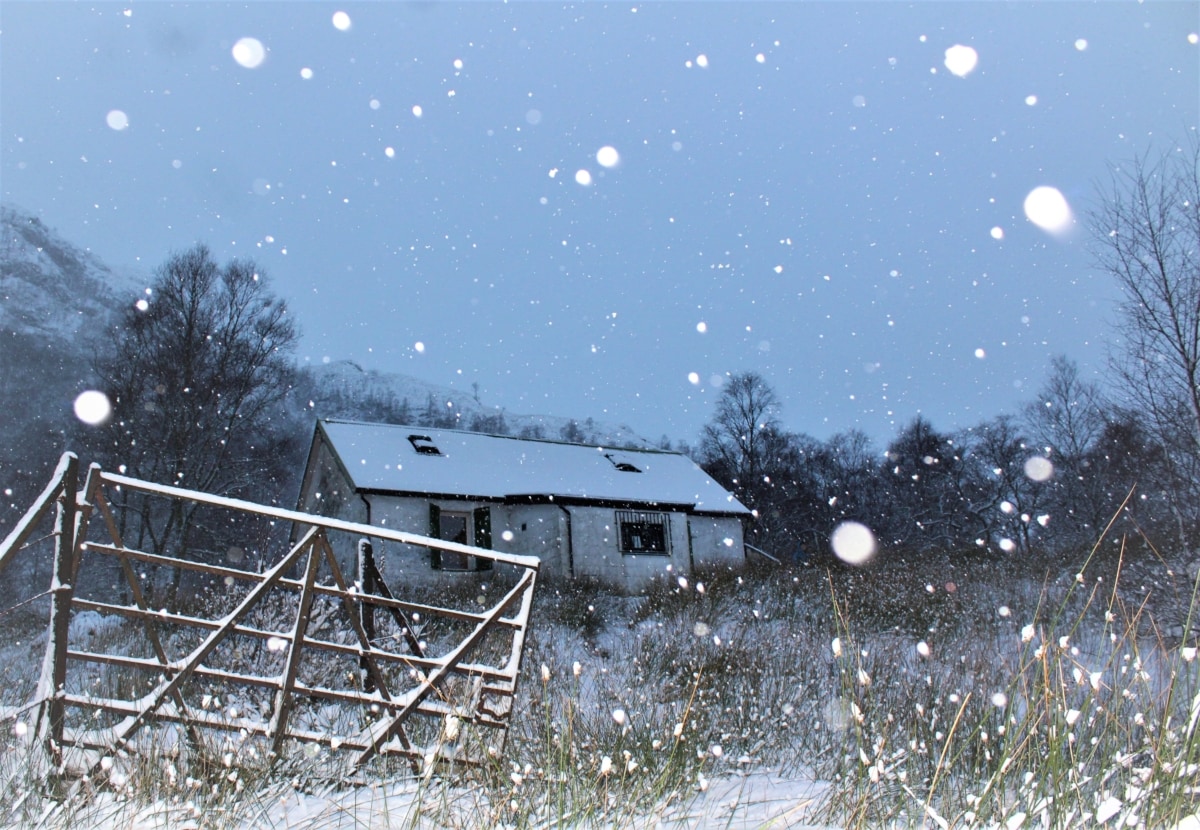

Scottish Bothies: Pro Tips
Resources for Using Scottish Bothies
Before You Go
Open your eyes, roll up your sleeping bag, and put out that fire—you’ve reached the end of our beginner’s guide to Scottish bothies!
For more information on adventurous experiences in Scotland, check out our guides to the best tents for wild camping in Scotland, the Scottish Right to Roam, and the 15 best hikes and walks in Scotland.
Thanks for reading, thanks for choosing Travelness, and we’ll see you again soon!
[ad_2]
Source link
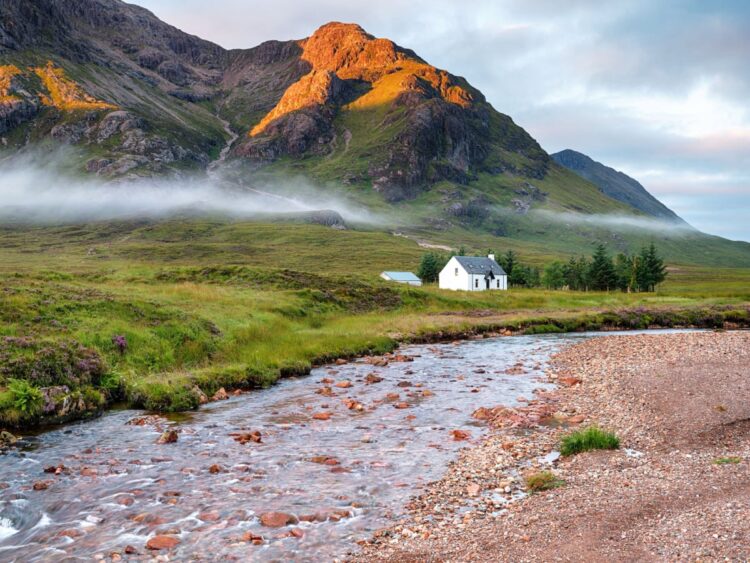


No Comments
Leave Comment